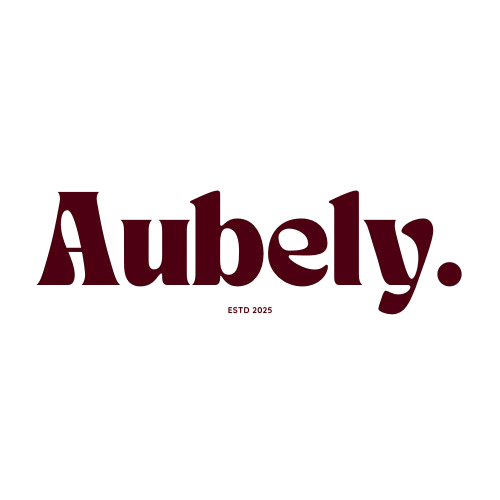
Makeup Brushes Every Beginner Needs
Share

Starting out with makeup brushes can be both exciting and overwhelming. With so many types and sizes available, it’s easy to feel lost. But the good news is, you don’t need every single one. A few essential tools can make a big difference in how your makeup looks and feels.
Whether you're learning to apply foundation or experimenting with eyeshadow, the right brushes help you do it better. These tools give you more control and a smoother finish. Plus, they’re more hygienic than using fingers.
Why Beginners Need the Right Tools
Good brushes are an investment in your makeup routine. They make application easier and more even. Instead of streaks or patchy blending, you get a clean, polished look.
Some beginners try to save money by using the small sponge applicators that come with products, but those are often hard to use and give poor results. A few well-chosen makeup brushes will save you time and frustration.
Foundation Brush
A foundation brush helps spread product evenly across your skin. It works better than fingers or sponges for many people. A flat brush gives full coverage, while a buffing brush blends foundation into a more natural finish.
To use it, dot your foundation onto your face and blend in small circles or dabbing motions. Clean the brush regularly to prevent breakouts.
Concealer Brush
This brush is smaller and more precise. It helps hide dark circles, blemishes, and redness. Use it to dab concealer on trouble spots, then blend gently around the edges.
If you’re using a creamy concealer, a synthetic brush works best. Make sure to pat — not rub — to keep the product in place.
Powder Brush
A large, fluffy powder brush is great for setting your makeup. It picks up just the right amount of powder and spreads it evenly without making your skin look dry or cakey.
Tap off any excess before applying to avoid overloading your face. Use soft, sweeping motions across your cheeks, nose, forehead, and chin.
Blush Brush
A blush brush is medium-sized, with soft bristles. It helps you apply color to the apples of your cheeks and blend it smoothly into your skin.
Look for an angled or dome-shaped head for easier control. Start with a small amount of product and build up as needed.
Makeup Brushes for Eye Makeup
When starting out with eye makeup, you only need a couple of brushes. A flat shader brush is used to apply eyeshadow to the lid. A fluffy blending brush softens lines and blends colors together.
If you want to try eyeliner or define your brows, an angled brush is useful too. It works well with powders, gels, or pomades.
Contour and Highlight Brushes
Contouring adds shape and depth to your face. A small angled brush helps apply contour under cheekbones and around the edges of your face.
For highlighter, use a fan brush or small tapered brush. Apply it to the tops of your cheekbones, nose, and brow bone. These brushes give a light, glowing finish without overdoing it.
Lip Brush
A lip brush lets you apply lipstick more precisely. It’s especially helpful for bold colors or liquid formulas. Use it to outline your lips, then fill in the center.
It’s not essential for everyone, but it can help you get a neat, professional look.
Travel and Starter Sets
If you're just beginning, a travel or beginner set can be a smart buy. Many come with 5 to 10 essential brushes. Look for kits that include a foundation brush, powder brush, blush brush, and a couple of eye brushes.
Make sure the bristles are soft and secure. Brushes that shed or lose shape quickly are not worth the money.
Synthetic vs. Natural Bristles
Synthetic brushes are made from man-made fibers. They work best for cream and liquid products. They’re also cruelty-free and easier to clean.
Natural brushes, often made from animal hair, are better for powders. They tend to be softer but are harder to maintain and not vegan-friendly.
Many modern brands make high-quality synthetic brushes that perform well and last long.
How to Clean Your Brushes
Cleaning your brushes is key to healthy skin and good makeup. Dirty brushes can cause acne, irritation, and poor blending.
Use a gentle brush cleanser or baby shampoo. Swirl the brush in your palm with warm water, rinse, and lay it flat to dry.
Try to clean face brushes weekly and eye brushes every few days.
Final Tips for Beginners
You don’t need a giant collection of brushes. Start small. Learn how each brush works. Invest in better quality as you grow your skills.
With the right tools, makeup becomes more fun and less frustrating. And remember — practice makes perfect.
Sources
1. Allure - The Best Makeup Brushes for Every Part of Your Routine
2. Byrdie – The 9 Best Makeup Brushes That Seamlessly Apply Makeup
3. Instyle – The 8 Best Makeup Brushes for a Flawless Finish, Tested & Reviewed
